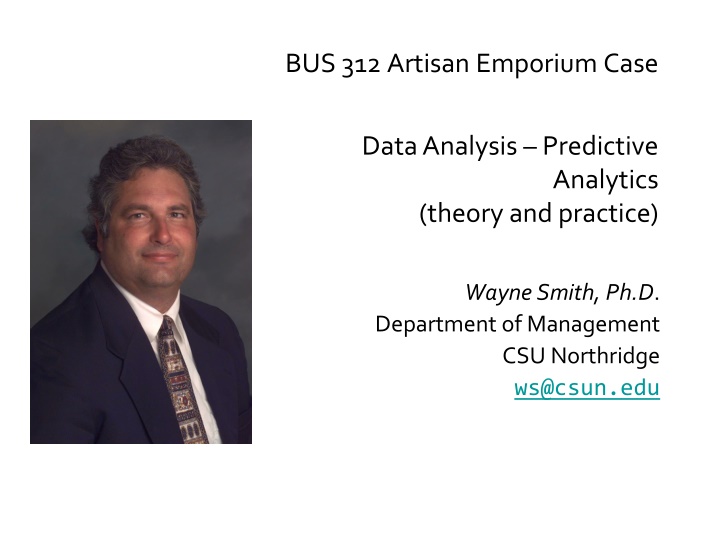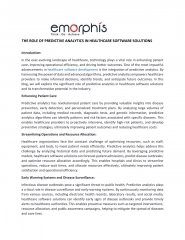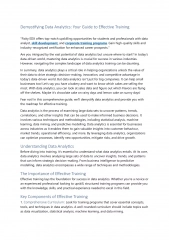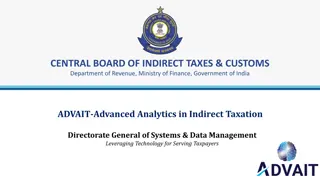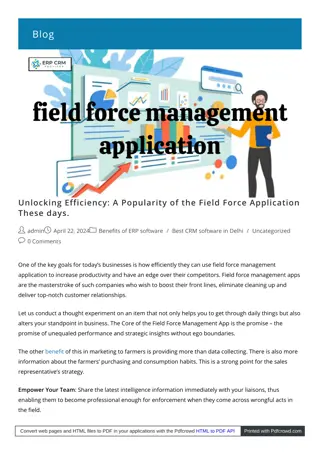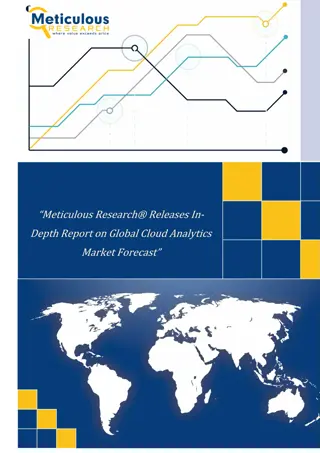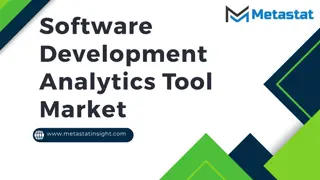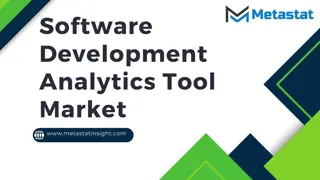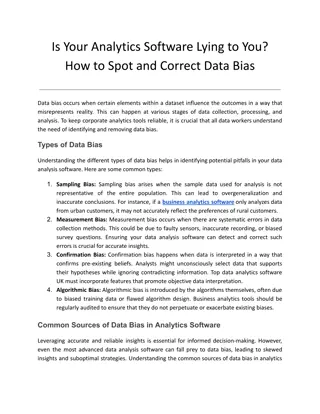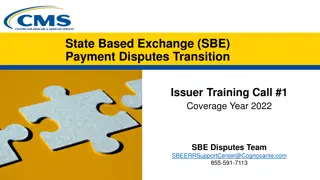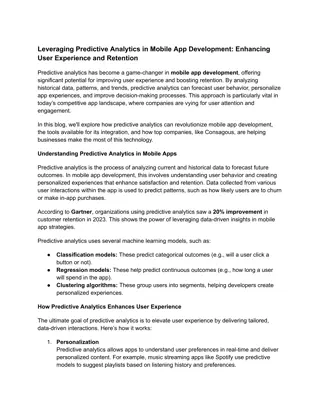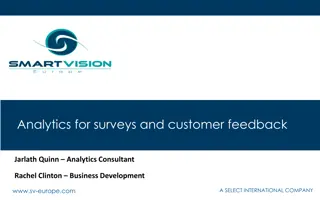Artisan Emporium Case Data Analysis Predictive Analytics: Future Payment Estimation
Preliminary questions arise regarding future compensatory payment calculations and the impact of inflation on income values. Economics and statistics issues are explored to estimate future payments accurately based on historic data.
Download Presentation

Please find below an Image/Link to download the presentation.
The content on the website is provided AS IS for your information and personal use only. It may not be sold, licensed, or shared on other websites without obtaining consent from the author.If you encounter any issues during the download, it is possible that the publisher has removed the file from their server.
You are allowed to download the files provided on this website for personal or commercial use, subject to the condition that they are used lawfully. All files are the property of their respective owners.
The content on the website is provided AS IS for your information and personal use only. It may not be sold, licensed, or shared on other websites without obtaining consent from the author.
E N D
Presentation Transcript
BUS 312 Artisan Emporium Case Data Analysis Predictive Analytics (theory and practice) Wayne Smith, Ph.D. Department of Management CSU Northridge ws@csun.edu
Preliminary Questions (1/2) Any possible future compensatory payment needs to be procedurally correct as defined in the law. Case: How does the law suggest that an estimate for a possible future payment from Artisan Emporium to Ms. Kim be calculated without understating or overstating the value? Nominal (not adjusted) Income is different than Real (inflation adjusted) Income. Case: Inflation (often) and deflation (occasionally) affects the purchasing power for the past and for the future for all individuals, including for Ms. Kim. How do we account for that effect accurately? 2
Preliminary Questions (2/2) We need a starting place to estimate a possible future payment. Case: What is the middle of the Real Income? Case: How might the price index grow (change) in the future? We need to calculate a possible future payment correctly. Case: How do we calculate an estimated Gross Income (i.e., from the past data, both using a middle and a growth over time)? Case: How do we calculate an estimated Net Income (i.e. less taxes)? Case: How do we handle the relevant time value of money issue (i.e., estimates are in the future but the decision needs to made earlier)? Case: How do we find the sum/total as the final value? Everyone wants to know what is the most appropriate value. Case: How does Ms. Kim s payment calculations compare with our payment calculations? 3
Economics Issue Have: Gross (unadjusted for inflation) Income Need: Real (adjusted for inflation) Income Calc Price Index factor: Divide (Consumer) Price Index by 100 Calc Adj. Income: Gross Income divided by Price index factor Case Timeline 2001 2015 2016 2027 Now Source: Case Text and Case Data 4
Statistics Issue (Descriptive) Need: approximate middle of past Real Income as future starting point (2016) Excel: find mean (or median) from 2001-2015 Case Timeline 2001 2015 2016 2027 Now Source: Case Text, Case Data, and Case Questions 5
Statistics Issue (Regression) Have: past Consumer Price index factor Need: (estimated) future index factor Excel: regress Y (output) on X (input) to make a regression equation Excel: Y = past Consumer Price index factor, X = year Case Timeline 2001 2015 2016 2027 Now Source: Case Text, Case Data, and Case Questions 6
Accounting Issue 1. Calc (estimated) future index: use slope and y-intercept (regression) for each year 2. Calc (estimated) Gross Income: past middle Real Income times future index factor 3. Calc (estimated) Net Income: (estimated) Gross Income minus taxes 4. Calc (estimated) Present Value (LS): (estimated Net Income, n years, x%) 5. Calc (estimated) Sum the Present Value (LS) for all years Case Timeline 2001 2015 2016 2027 Now Source: Case Text, Case Data, and Case Questions 7
Shrewd Spreadsheeting Consider starting with the Excel workbook on the web page It already has the data, and You can extend the years down in the same worksheet as desired You can add anything you like with new worksheets as desired Try to do everything for a single row first Add the discount rate and tax rate to the top of the spreadsheet, and Check to make sure which formulas require an absolute cell reference and which formulas can be left as a (default) relative cell reference, and Then, you can copy-and-paste the existing, first row to the new, subsequent rows, and Add any totals or summariesneeded at the bottom, and Double-check your work. 8
Reproducible Spreadsheeting Design and develop your spreadsheet well So you can understand it later, and So others can understand it now Your spreadsheet should be well documented Use labels for rows and columns (and sometimes even for cells) Your spreadsheet should be able to be reused Design it as if you are likely to need this spreadsheet again Your spreadsheet should have no hardcoding That is, don t bury constants in formulas Put constants in individual cells and use absolute references (sometimes absolute cell references not just relative cell references) Remember too: You need to explain everything in the narrative (main body) of the main word processor document9
